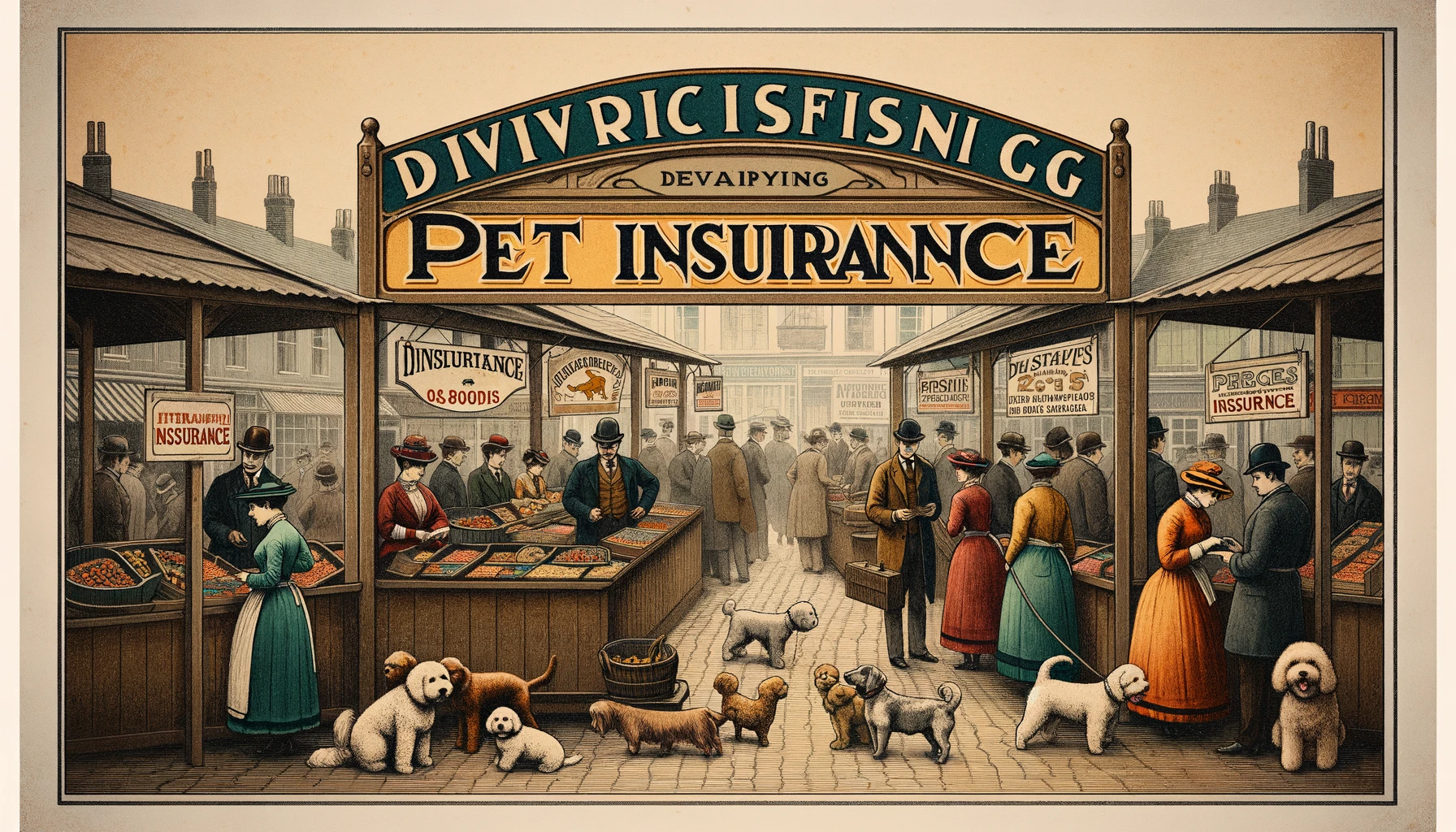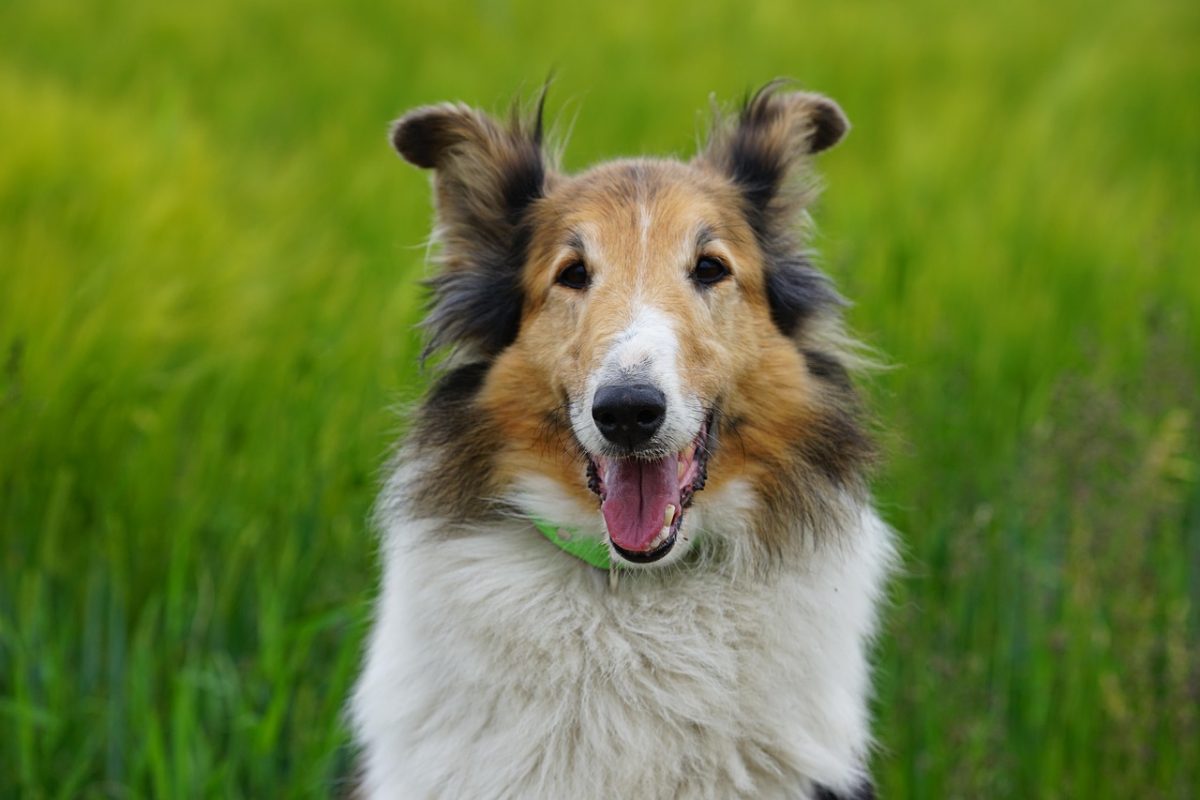Pet insurance has transitioned from a niche offering to a mainstream necessity for pet owners, aiming to mitigate the financial risk of veterinary care. This shift is fueled by the recognition of pets as integral family members, deserving of high-quality medical care. The evolving landscape of pet insurance is influenced by various factors, including technological innovation, consumer preferences, and industry regulations. Understanding these trends is crucial for both providers and pet owners to navigate the future of pet insurance effectively.
1. Customization and Personalization of Policies
One of the most significant trends in pet insurance is the move towards more customized and personalized policies. Today’s pet owners demand insurance solutions that cater specifically to the unique needs of their pets, taking into account factors such as breed, age, pre-existing conditions, and lifestyle. This trend is leading to the development of more flexible insurance products that allow pet owners to tailor coverage options, deductibles, and reimbursement levels. Furthermore, insurers are increasingly offering wellness and preventive care add-ons, enabling owners to incorporate routine care, vaccinations, and dental cleanings into their coverage. This shift towards personalization not only enhances the value of pet insurance for consumers but also fosters a deeper relationship between insurance providers and their clients.
2. Integration of Technology and Data Analytics
The integration of technology and data analytics is revolutionizing the pet insurance industry, improving both the customer experience and the efficiency of insurance operations. Wearable pet technology, such as GPS trackers and health monitoring devices, is becoming increasingly popular, allowing pet owners and insurers to track pets’ health and activity levels in real-time. This data can lead to more accurate risk assessments and personalized insurance premiums. Additionally, technological advancements are streamlining the claims process, with mobile apps and online platforms enabling quick and easy submission and tracking of claims. The use of artificial intelligence and machine learning algorithms in processing claims and detecting fraud is further enhancing operational efficiency, setting the stage for a more responsive and user-friendly insurance experience.
3. Focus on Preventive Care and Wellness
A growing trend in pet insurance is the emphasis on preventive care and wellness to improve pets’ quality of life and reduce the likelihood of serious health issues. This approach aligns with the broader healthcare trend of prevention over treatment, recognizing that regular check-ups, vaccinations, and preventive treatments can significantly impact pets’ long-term health. Insurance providers are responding by offering plans that include coverage for preventive care services, encouraging pet owners to take a proactive approach to their pets’ health. This trend not only benefits pets and their owners but also has the potential to reduce overall claims costs for insurers by catching and addressing health issues early.
The future of pet insurance is being shaped by the demands for more personalized coverage, the integration of technology, and a focus on preventive care. These trends reflect a deeper understanding of the complex relationship between pets and their owners and a commitment to meeting their evolving needs. As the industry continues to adapt and innovate, the future looks promising for providing pet owners with the tools and resources they need to ensure their pets live longer, healthier lives. By staying abreast of these trends, pet insurance providers can better serve their clients, contributing to the growth and sustainability of the industry.



